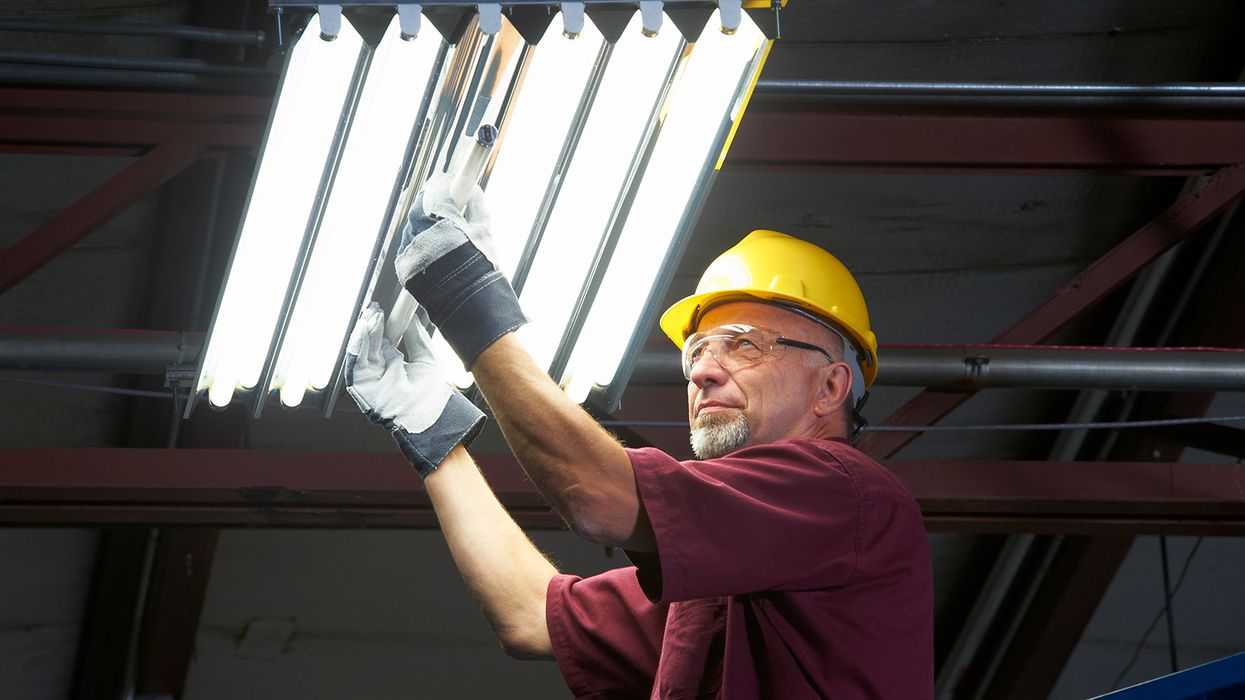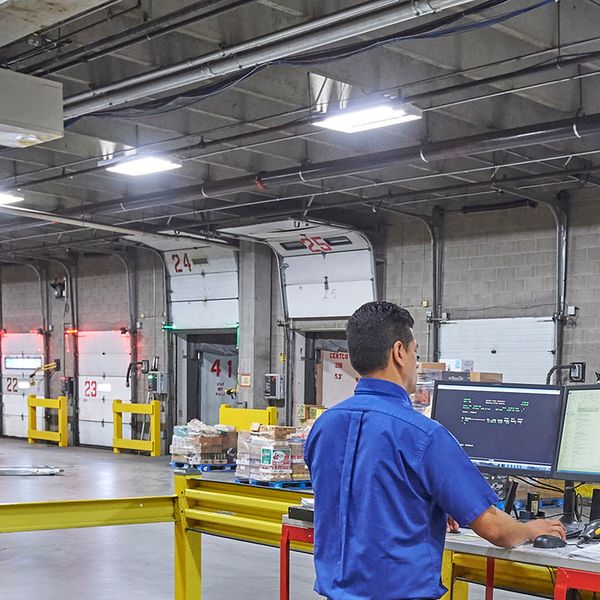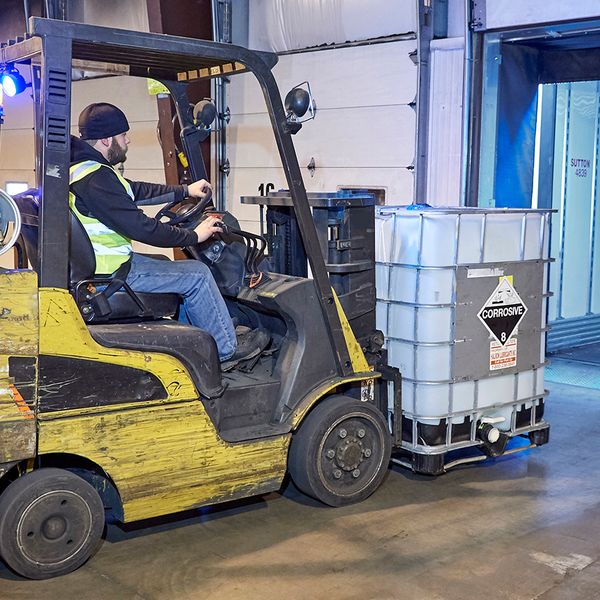Shining light on safety hazards
Have you ever wondered why fireflies glow at night? Scientists are still studying the phenomenon but attribute the soft glow to communication. Many folklore and cultural mythology stories have depicted fireflies as being used for light. Whether using fireflies, torches, lanterns, the moon’s beam, or something else to provide lighting, it wasn’t until around 1899 that the electric headlamp and flashlight were invented!
Proper lighting allows us to see things. It provides depth and dimension to things that would otherwise be shadowy objects. Dimly lit areas versus adequately lit ones can be a safety issue.
For example, poorly lit work areas might mean not seeing hazards on the walking-working surface while working at night, operators not seeing the pathway ahead in dark spaces, or workers not being visible to others during emergency response. Consider using:
- Hardhat headlamps;
- Flashlights;
- Light-up vests;
- Apparel with rechargeable lights, such as beanies; and
- Temporary lighting, such as stringer lights and mobile light plants.
Speaking of mobile light plants, at one jobsite along the Mississippi River, a light plant was left on all night, and the following day workers had to be sent home because of the mass swarms of dead fishflies that piled up around the jobsite. It’s so bad in places that some towns have outdoor light ordinances after sunset during the fishfly season.
Inadequate lighting can heighten the risk of injury by impairing employees’ ability to perceive hazards. Dim lighting in workspaces can lead to eye strain and potentially headaches. Conversely, excessive lighting can create issues such as glare from reflective surfaces.
How much light?
For context, residential night lights emit 15 to 20 lumens, while the forklift standard requires just 2 lumens, indicating very low light levels.
One foot-candle equals about 10.76 lumens. Therefore, five foot-candles amount to roughly 54 lumens, surpassing most night lights but below a 40-watt incandescent bulb, which emits about 450 lumens.
Employers may use light meters, but lighting is likely adequate if visibility is sufficient under normal conditions. Persistent visibility issues may necessitate more light despite meters showing levels above the minimum recommendation.
General Industry
The OSHA regulations for General Industry do not establish minimum light levels for most work areas. However, OSHA can issue citations if insufficient lighting poses risks to employees. Employers should ensure their safety and health programs include proper guidance for employees.
In 2016, OSHA cited an employer for exposing employees to hazards in areas with inadequate lighting. OSHA observed employees working near moving equipment and trucks where lighting was insufficient or absent. The citation referenced the General Duty Clause and ANSI/IESNA RP-7-01, Recommended Practice for Lighting Industrial Facilities.
While a few General Industry regulations mention lighting requirements, they typically do not specify precise illumination levels. For example, regulation 1910.37 requires that exit routes be “adequately lighted so that an employee with normal vision can see along the exit route.”
Similarly, under the 1910.178 forklift standard, if general lighting drops below 2 lumens per square foot, forklifts must be equipped with directional lights.
Construction
OSHA specifies minimum lighting levels in the Construction standard at 1926.56. While not applicable to the General Industry, these guidelines provide valuable reference points. The standard mandates a minimum of five foot-candles for indoor areas like warehouses, hallways, and exit routes.
For shop areas, workrooms, and indoor toilets, a higher minimum of 10 foot-candles is required under this standard. Offices or first-aid stations must meet a minimum of 30 foot-candles according to the Construction standard.
Lighting remains a common issue on construction sites, especially after sunset. Table D-3 in 1926.56 specifies the necessary foot-candle levels, ranging from 5 to 30 depending on a worker’s location.
Key to remember
Employers should also evaluate the uniformity of lighting and its relative intensity levels. For instance, work areas should be sufficiently brighter than their surroundings to prevent them from appearing dim in contrast. Task lighting can be beneficial in achieving this balance.


















































